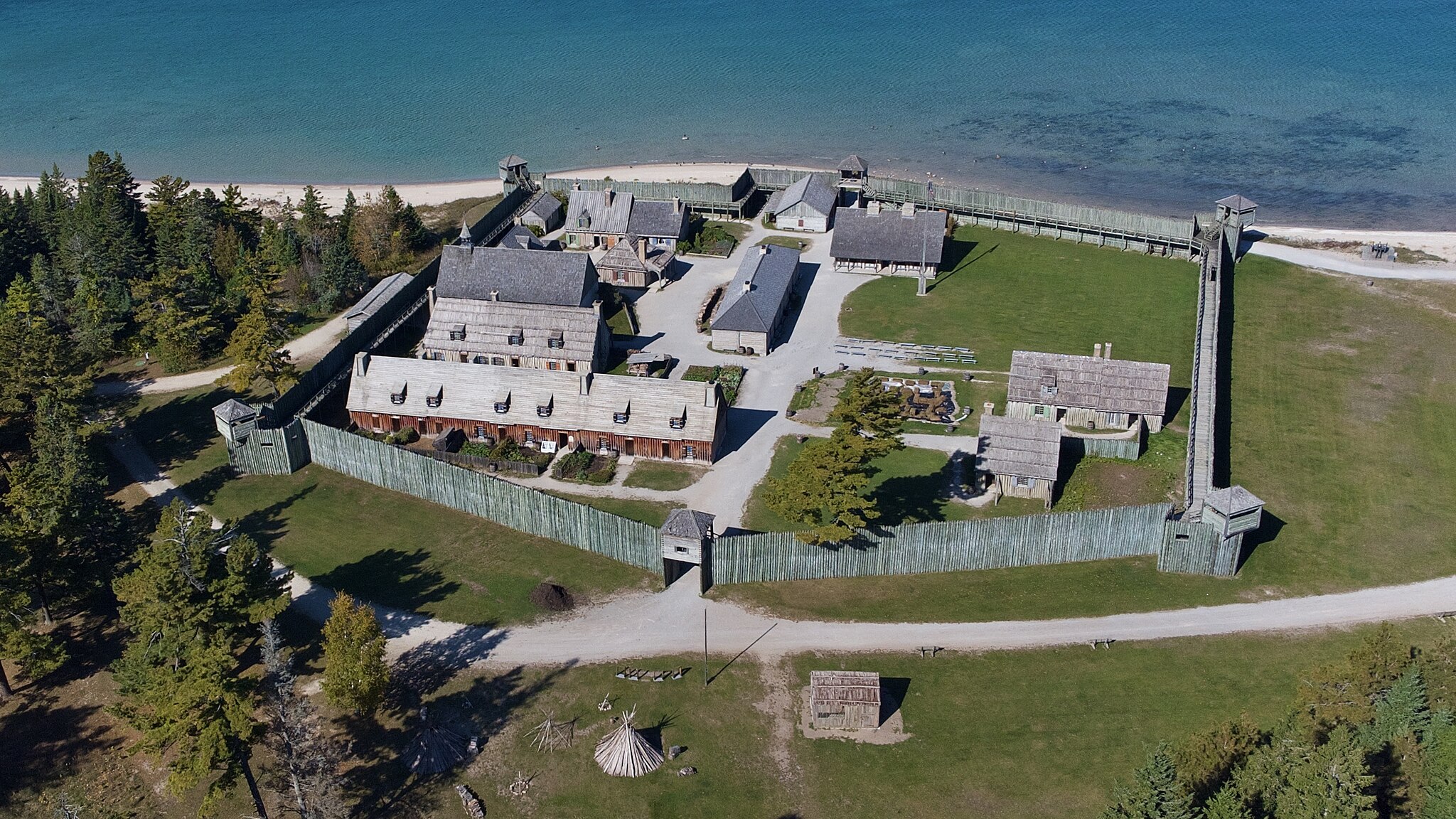Fort Duquesne
Fort Duquesne, located at the confluence of the Allegheny and Monongahela Rivers at the site of present-day Pittsburgh, Penn, guarded the most important strategic location in the west at the time of the Seven Years' War. A small colonial force from Virginia began a fort here but a French force under Sieur de Contrecoeur drove them off in April 1754. New France claimed this as part of their colony and the French were anxious to keep the English from encroaching on it.
The French built Fort Duquesne here to serve as a military stronghold and as a base for developing trade and strengthening military alliances with the Aboriginal peoples of the area. In 1755, British General Edward Braddock led a large army to capture the fort, but they were ambushed by a small French and Aboriginal force before reaching the fort. Braddock was killed and his army retreated, leaving many dead on the field of battle.
Three years later, another large force under General John Forbes was sent to attack the fort. The outnumbered French, with few Aboriginal warriors at the site, retreated towards Lake Erie, destroying Fort Duquesne on their departure. The British rebuilt on the site, dubbing the new post Fort Pitt. The new site was besieged for several weeks during Pontiac's War against the British in 1763 but was able to hold out during that conflict.
Fort Pitt Museum in Point State Park, Pittsburgh, commemorates the site of the forts.

 Share on Facebook
Share on Facebook Share on X
Share on X Share by Email
Share by Email Share on Google Classroom
Share on Google Classroom


